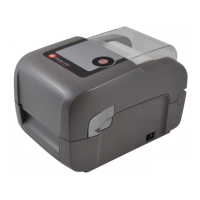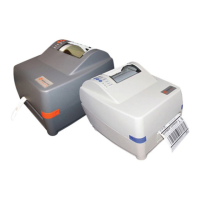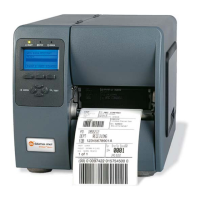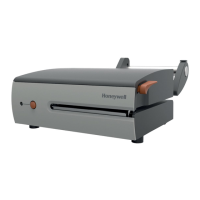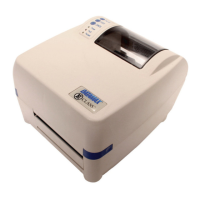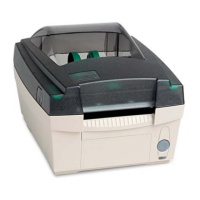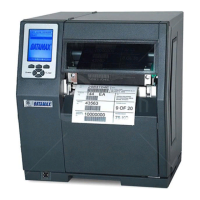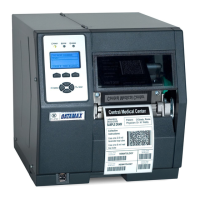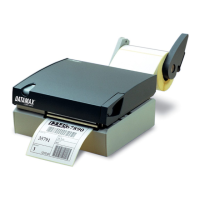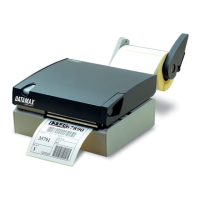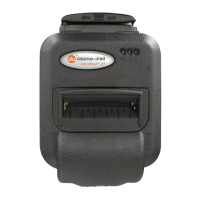Generating Label Formats
Class Series 2 Programmer’s Manual 151
c: Width Multiplier
Values 1-9, A-Z, and a-z represent multiplication factors from 1 – 61, respectively.
For human-readable fonts, the width multiplier represents the number of times the
selected font dot tables are multiplied and has no effect on the character height. For
bar codes, this character specifies the wide bar width or ratio at a resolution that is
dependent upon the printer model. See Appendix F for default values.
d: Height Multiplier
The height multiplier has the same range and function as the width multiplier (c), but
vertical. When used in the context of bar codes, this field is the ratio denominator, or
the small bar (module) width. Values 1-9, A-Z, and a-z will give a narrow bar width
of one dot (dot size = 1/printhead resolution) to dots. The narrow bar width
resolution and range are dependent upon the print head resolution; see Appendix K.
A “dot multiplier” command can also be used to change the printed dot size (see
Label Formatting Command “D” and Appendix F).
eee: Bar Code Height (Font Size/Selection)
This field has interpretations dependent upon the value of the font b field, as shown
below.
b Font Field Value eee Field Range eee Field Interpretation
0-8 000
Not used – Internal bitmapped font
9
000-999, A04-A72,
S00-S9z, U00-U9z, u00-u9z
Font height; Font selection
A-T 000-999
Bar code height (with human readable)
a-z 000-999
Bar code height
Wxx 000-999
Bar code height (with human readable)
X,Y 000
Not used
Table 8-5: Bar Code Height Field Interpretations
ffff: Row Position
The lower left corner of a label is considered the “home position” (see Figure 8-1).
The row position field is a vertical
coordinate that determines how far above the
home position the data is to be printed. Field data is interpreted in hundredths of an
inch or tenths of millimeters.
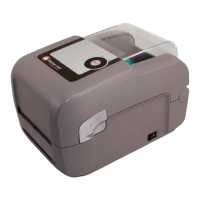
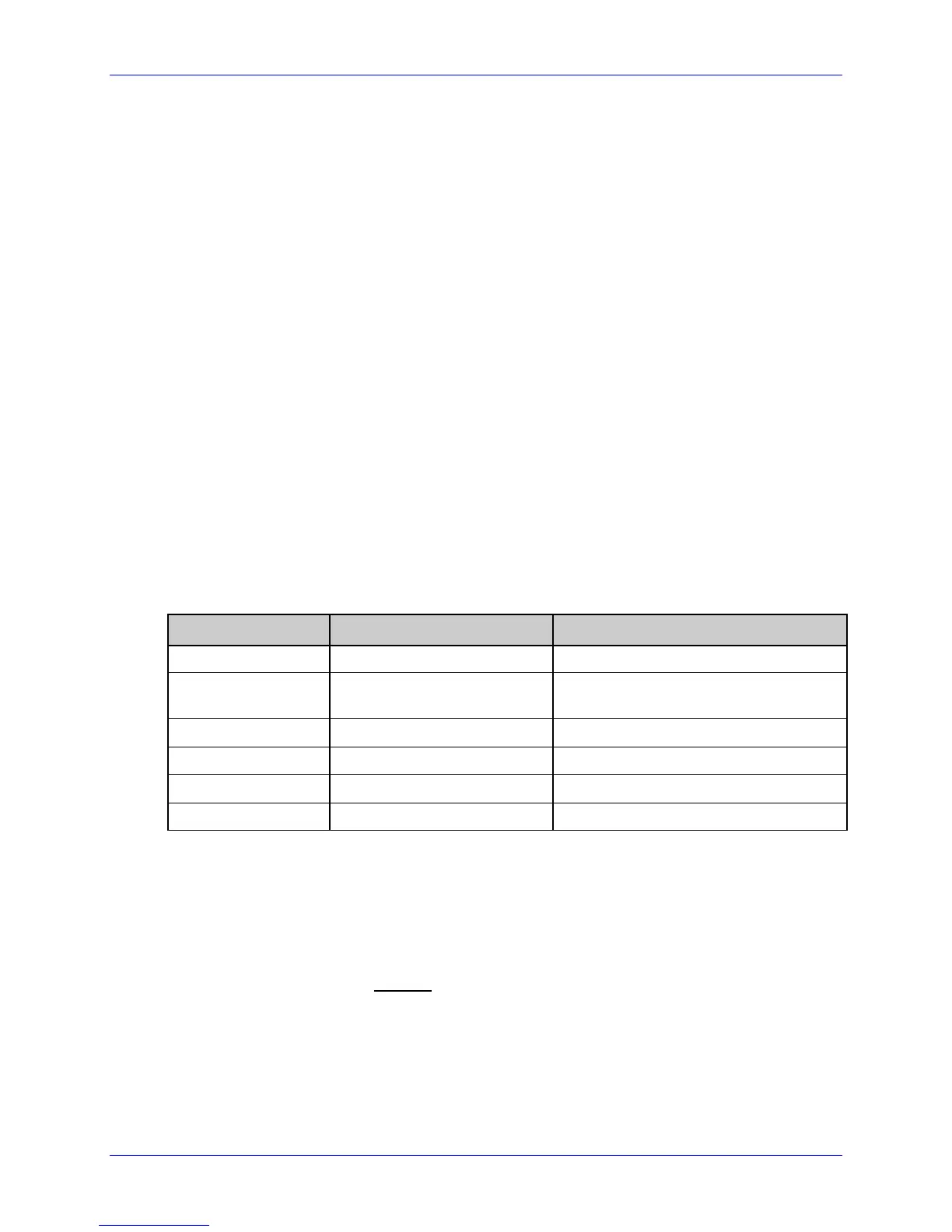